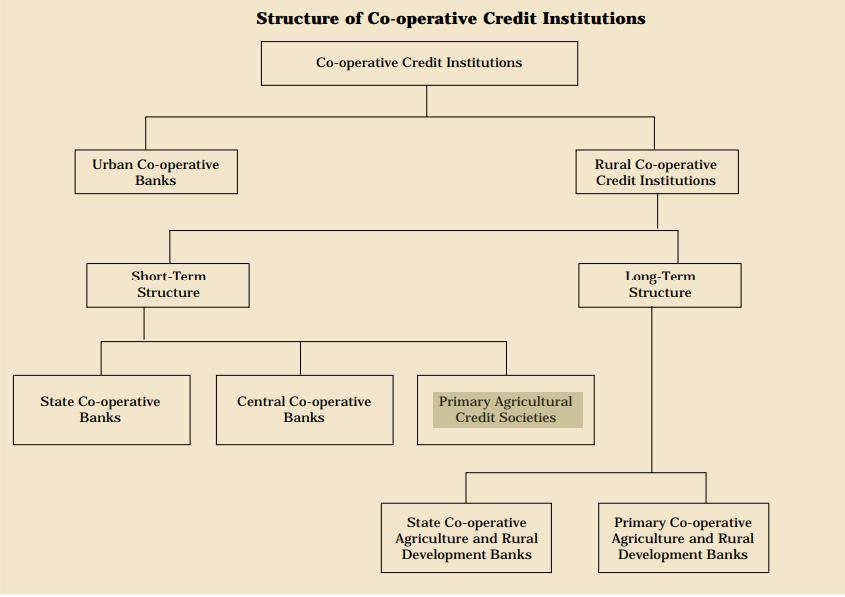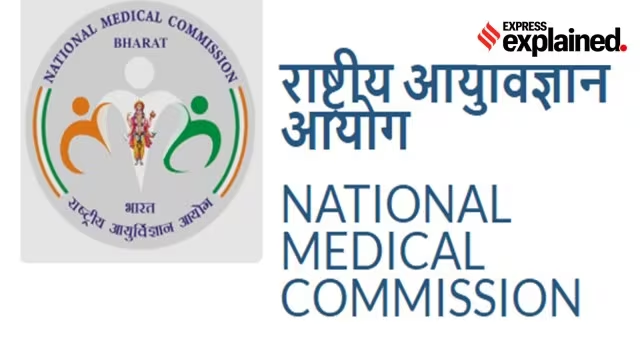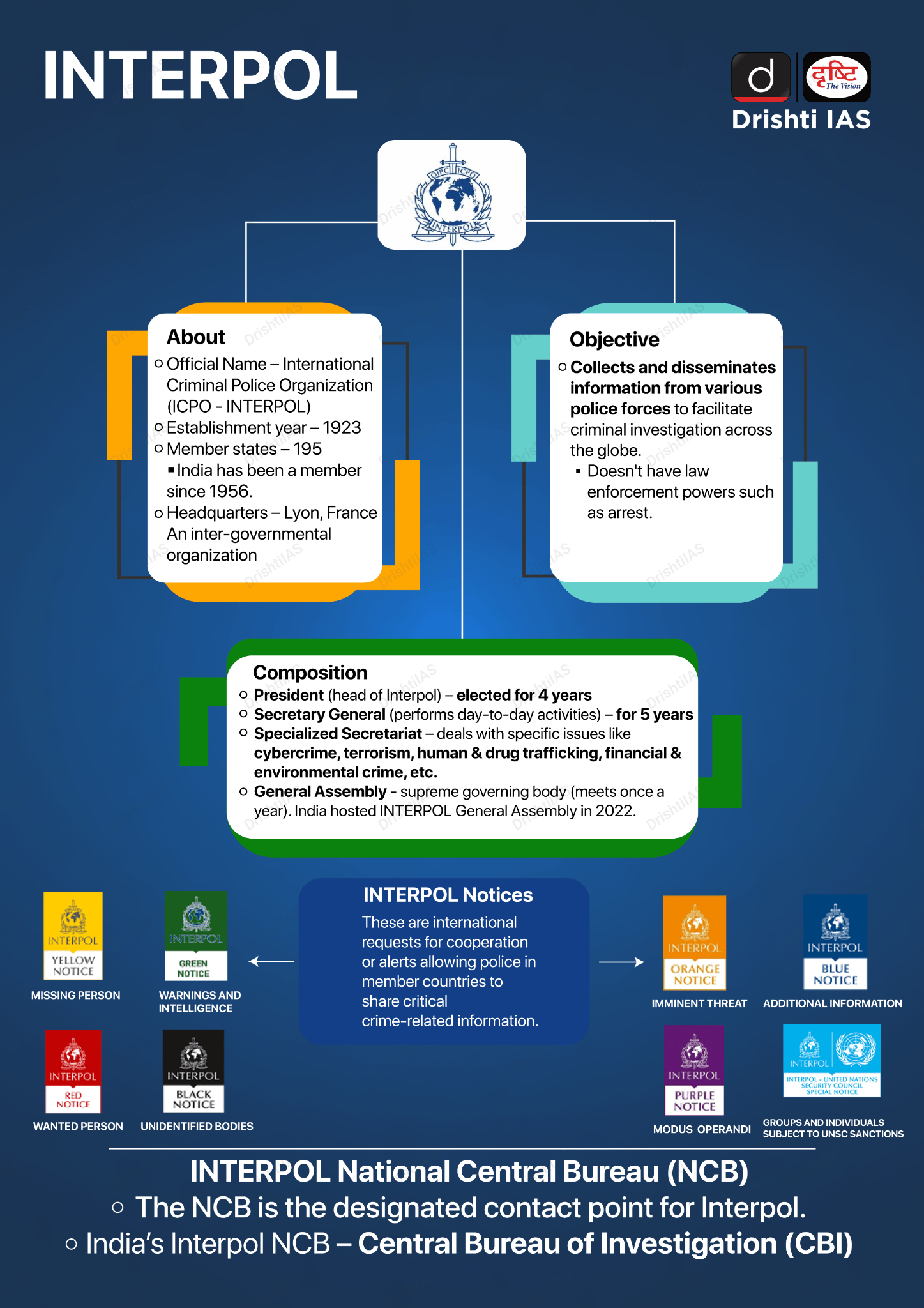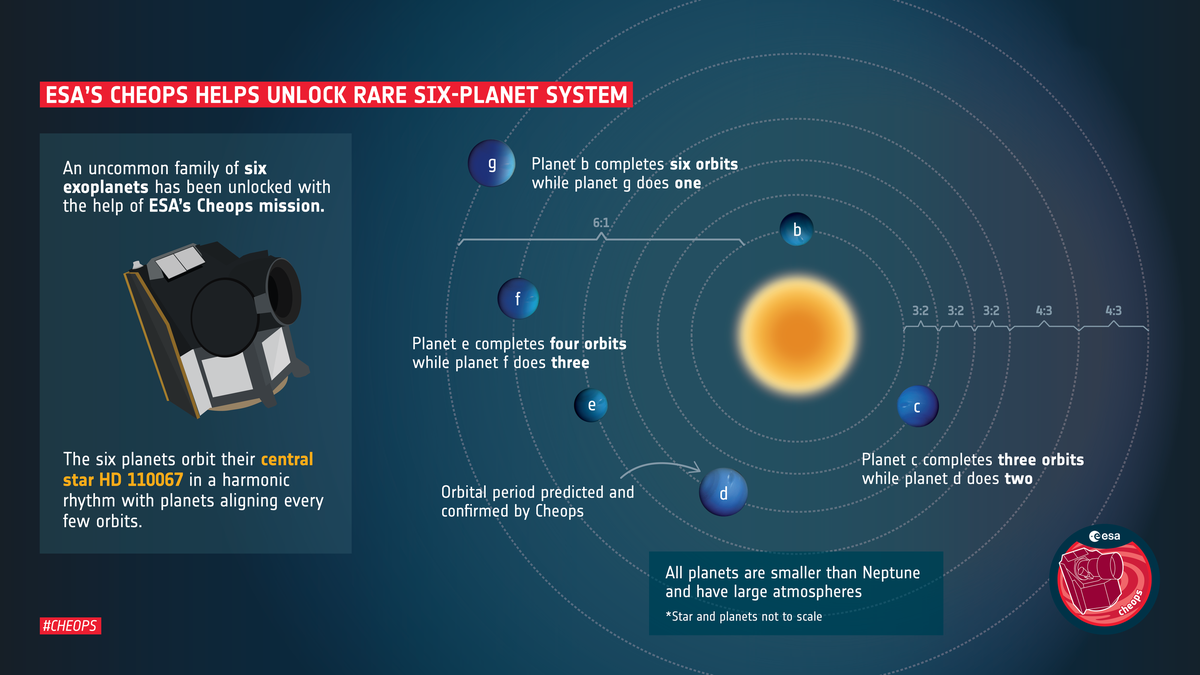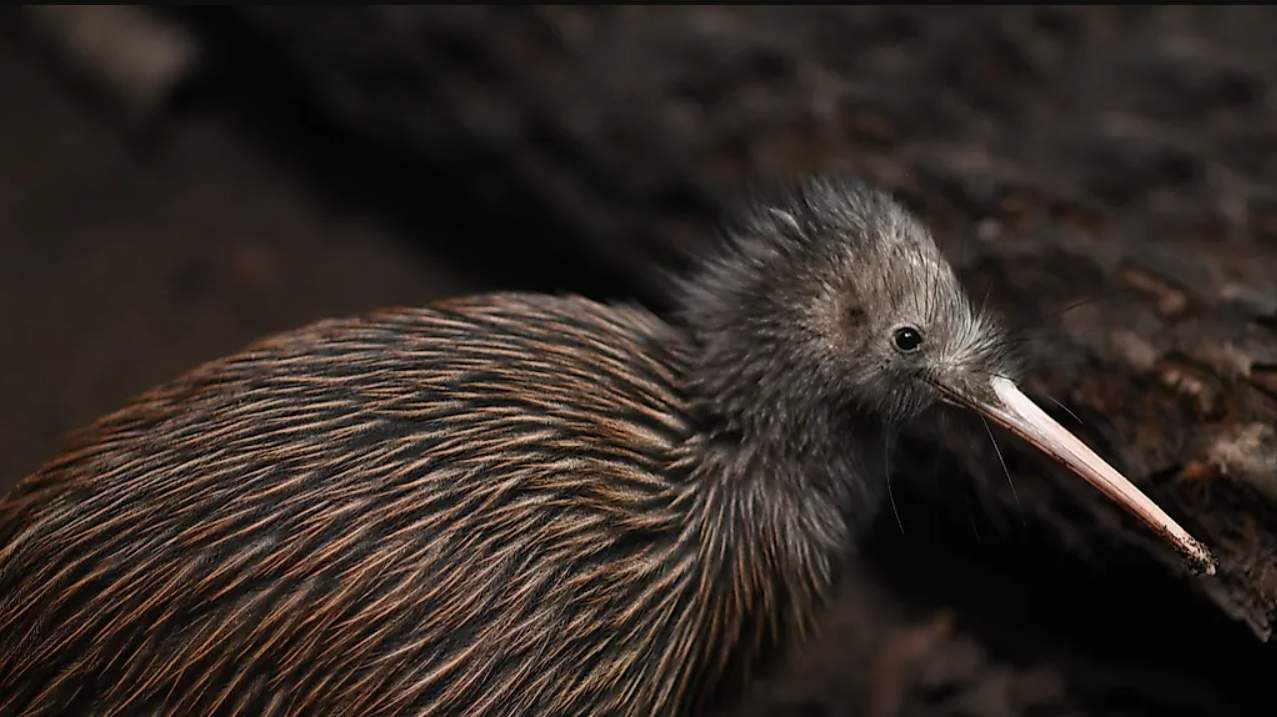Section 6A of the Citizenship Act, 1955
For Prelims: Constitution Bench, Chief Justice of India, Citizenship Act, 1955, Assam Accord, Citizenship
For Mains: Acquisition and Determination of Indian Citizenship, Amendments of Citizenship Act, 1955.
Why in News?
Recently, a Constitution Bench led by the Chief Justice of India is hearing a series of petitions challenging the constitutionality of Section 6A of the Citizenship Act, 1955.
- The Constitution Bench clarifies its focus is limited to examining the validity of Section 6A and not the Assam National Register of Citizens (NRC).
What is Section 6A of the Citizenship Act of 1955?
- Background:
- Section 6A was enacted as part of the Citizenship (Amendment) Act, 1985, following the Assam Accord of 1985.
- The Assam Accord was a tripartite agreement between the Central Government, the State Government of Assam, and the leaders of the Assam Movement, which sought to end the influx of illegal migrants from Bangladesh.
- The Assam Accord, signed in 1985, introduced Section 6A into the Citizenship Act, of 1955, exclusively for Assam.
- This provision addresses the issue of large-scale migration preceding the 1971 Bangladesh Liberation War. Notably, it mandates the detection and deportation of foreigners who entered Assam after March 25, 1971, marking the creation of Bangladesh.
- The introduction of Section 6A reflects the specific historical and demographic challenges faced by Assam during this critical period.
- Section 6A was enacted as part of the Citizenship (Amendment) Act, 1985, following the Assam Accord of 1985.
- Provisions and implications:
- Section 6A created a special provision for Assam by which persons of Indian origin who came from Bangladesh before 1st January 1966, were deemed to be citizens of India as of that date.
- Persons of Indian origin who came to Assam between 1st January 1966, and 25th March 1971, and who were detected to be foreigners, were required to register themselves and were granted citizenship after 10 years of residence, subject to certain conditions.
- Persons who entered Assam after 25th March, 1971, were to be detected and deported in accordance with the law.
- Challenges:
- Constitutional Validity:
- Article 6:
- The petitioners argue that Section 6A is in violation of Article 6 of the Constitution.
- Article 6 of the Indian Constitution deals with the citizenship of people who migrated from Pakistan to India during the partition.
- The article states that anyone who migrated to India before 19th July 1949, would automatically become an Indian citizen if either of their parents or grandparents was born in India.
- This raises concerns about the legal and constitutional validity of the provision.
- Article 14:
- Critics argue that Section 6A may violate Article 14 of the Constitution, which guarantees the right to equality.
- The provision is perceived as discriminatory as it singles out Assam for specific citizenship criteria.
- The provision is applicable only to Assam, and this selective application raises concerns about equal treatment and fairness compared to other states facing similar issues of migration.
- Critics argue that Section 6A may violate Article 14 of the Constitution, which guarantees the right to equality.
- Article 6:
- Demographic Impact:
- Section 6A's citizenship grant is criticized by some petitioners for allegedly contributing to an influx of illegal migrants from Bangladesh into Assam.
- Concerns focus on the unintended consequence of encouraging illegal migration and the resultant impact on the state's demographic composition.
- The petitioners argue that the conferring of citizenship on the migrant population in Assam, as facilitated by Section 6A, amounts to "cementing an illegality."
- They claim that the provision has had a multiplier effect by recognizing these individuals as citizens, leading to continued influx.
- Cultural Impact:
- Petitioners argue that the benefits given to cross-border migrants between 1966 and 1971 led to a radical demographic change affecting the cultural identity of Assam.
- Constitutional Validity:
What is Citizenship?
- About:
- Citizenship is the legal status and relationship between an individual and a state that entails specific rights and duties.
- Constitutional Provisions:
- Articles 5 to 11 in Part II of the Constitution of India deal with the aspects of citizenship, such as acquisition of citizenship by birth, descent, naturalization, registration,and relinquishment of Citizenship by renunciation, and termination.
- Citizenship is listed in the Union List under the Constitution and thus is under the exclusive jurisdiction of Parliament.
- Citizenship Act:
- The Parliament has enacted the Citizenship Act, 1955 to regulate the matters of citizenship in India.
- The Citizenship Act, 1955 has been amended six times since its enactment. The amendments were made in the years 1986, 1992, 2003, 2005, 2015, and 2019.
- The latest amendment was made in 2019, which granted citizenship to certain illegal migrants belonging to Hindu, Sikh, Buddhist, Jain, Parsi, and Christian communities from Afghanistan, Bangladesh, and Pakistan, who entered India on or before 31st December 2014.
UPSC Civil Services Examination, Previous Year’s Question (PYQs)
Prelims
Q. With reference to India, consider the following statements:
- There is only one citizenship and one domicile.
- A citizen by birth only can become the Head of State.
- A foreigner once granted citizenship cannot be deprived of it under any circumstances.
Which of the statements given above is/are correct?
(a) 1 only
(b) 2 only
(c) 1 and 3
(d) 2 and 3
Ans: (a)
World Soil Day 2023
For Prelims: World Soil Day, Improving Soil Health, Food and Agriculture Organization (FAO), United Nations, International Union of Soil Sciences (IUSS).
For Mains: World Soil Day, Environmental pollution and degradation, Soil Conservation.
Why in News?
Every year, the United Nations celebrates 5th December as World Soil Day.
- In August 2023, a study by US and Australian researchers in Scientific Reports explored the connection between soil micronutrient levels and the nutritional well-being of individuals in India.
What is World Soil Day (WSD)?
- WSD is celebrated to commemorate the birthday of the late King of Thailand Bhumibol Adulyadej for his lifelong commitment to raising awareness of the importance of sustainable soil management and rehabilitation for food security, poverty alleviation and more.
- WSD was recommended by the International Union of Soil Sciences (IUSS) in 2002.
- The Food and Agriculture Organization (FAO) has supported the formal establishment of WSD as a global awareness-raising platform under the leadership of the Kingdom of Thailand within the framework of the Global Soil Partnership.
- 5th December 2014 was designated as the first official WSD by the UN General Assembly (UNGA).
- Theme 2023: Soil and Water, a Source of Life.
What is the Link between Soil Micronutrients and the Nutritional Status of Individuals as per the Study?
- Soil Composition and Micronutrient Absorption:
- Soil composition directly influences the levels of essential micronutrients like zinc and iron in crops. Plants absorb these nutrients from the soil, and their availability in the soil affects the micronutrient content in food.
- Impact on Human Health:
- Low soil zinc levels have been linked to higher rates of stunting and underweight conditions in children. Zinc plays a vital role in growth and immune system function.
- Soil iron availability correlates with the prevalence of anemia. Iron is crucial for hemoglobin production, necessary for oxygen transport in the body.
- In regions where soil lacks adequate zinc, iron, and other essential micronutrients, there's a higher likelihood of micronutrient deficiencies in the population consuming crops grown in such soil.
- Solutions Suggested:
- Application of zinc to crops on zinc-deficient soils increases yields of rice, wheat, maize, and oats by over 75% more than application of only nitrogen, phosphorus, and potassium fertiliser.
- Zinc-enriched fertilisers can enhance soil zinc for three to four years after application, which means that it could be an effective long-term intervention, requiring less short-term maintenance than other solutions.
What is the Status of Nutrient Deficiency in India Soil?
- India’s soil has been facing widespread deficiency of nitrogen and phosphorus for a long time. Potassium deficiency became more prevalent in the 1990s, and sulphur deficiency emerged as a major problem in the 2000s.
- An analysis of 0.2 million soil samples from 28 states by scientists associated with All India Co-ordinated Research Project on Micro- and Secondary Nutrients and Pollutant Elements in Soils and Plants (AICRP-MSPE) under the Indian Council of Agricultural Research shows:
- Zinc Deficiency: Approximately 36.5% of India's soil is deficient in zinc.
- Iron Deficiency: About 12.8% of the country's soil is deficient in iron.
- Other Micronutrients: Apart from zinc and iron deficiencies, the research indicates deficiencies in other micronutrients as well:
- Boron deficiency is found in 23.4% of soils.
- Copper deficiency is observed in 4.20% of soils.
- Manganese deficiency affects 7.10% of soils.
Note
The AICRP-MPSE was launched in 1967 to analyse micronutrient deficiency in soil across the country. Since 2014, the project has shifted focus to analysing the link between soil health and human health.
What can be Done to Shift Towards Soil-Centric Agriculture for Sustainability?
- Conservation Agriculture and Efficient Farming Techniques:
- Implement conservation agriculture techniques like no-till, residue mulch, and crop rotations to restore soil nutrients and health.
- Discourage traditional fertiliser broadcasting in favor of seed-cum-fertiliser drill machines to enhance water use efficiency.
- Embracing Diversity and Innovation:
- Encourage cover crops, mulching, agroforestry, and smart soil solutions like Bhoomitra and Krishi-RASTAA.
- Promote practices that enhance sequestration, diversify crops, eliminate residue burning, and adopt precision farming with technology and AI.
- Restoration and Reclamation Methods:
- Advocate for carbon farming, reclaim saline/alkaline soils, and regulate micronutrient use while minimizing chemical inputs.
- Utilize mechanization for efficient fertilizer placement and integrate organic manures for improved soil health.
What are the Initiatives to Improve Soil Health?
- Soil Health Card Scheme
- Organic Farming
- Fertilizer Self-Sufficiency
- Digital Agriculture
- Carbon Farming
- Paramparagat Krishi Vikas Yojana
- The Nutrient Based Subsidy (NBS) Scheme
Conclusion
By promoting sustainable land management, biodiversity, and educational outreach, World Soil Day underscores the critical role of soil in Earth's sustenance. It calls for concerted efforts to preserve and restore soil health, ensuring a prosperous and sustainable future for generations to come.
UPSC Civil Services Examination, Previous Year Questions (PYQs)
Q. The black cotton soil of India has been formed due to the weathering of
(a) brown forest soil
(b) fissure volcanic rock
(c) granite and schist
(d) shale and limestone
Ans: (b)
Exp:
- Black soil, also known as regur soil or black cotton soil, is ideal for growing cotton. The climatic conditions along with the parent rock material are the important factors for the formation of black soil. Black soil is typical of the Deccan trap (Basalt) region spread over northwest Deccan plateau and is made up of lava flows (fissure volcanic rock).
- The Deccan Plateau includes parts of Maharashtra, Madhya Pradesh, Gujarat, Andhra Pradesh and some parts of Tamil Nadu. Black soil also covers upper reaches of the Godavari and the Krishna, and the north Maharashtra, Madhya Pradesh, Gujarat, Andhra Pradesh and some parts of Tamil Nadu.
- Chemically, the black soils are rich in lime, iron, magnesia and alumina. They also contain potash. But they lack phosphorus, nitrogen and organic matter. The colour of the soil ranges from deep black to grey.
- Therefore, option (b) is the correct answer.
Q. Which of the following statements regarding laterite soils of India are correct? (2013)
- They are generally red in colour.
- They are rich in nitrogen and potash.
- They are well-developed in Rajasthan and UP.
- Tapioca and cashew nuts grow well on these soils.
Select the correct answer using the codes given below:
(a) 1, 2 and 3
(b) 2, 3 and 4
(c) 1 and 4
(d) 2 and 3 only
Ans: (c)
Primary Agricultural Credit Societies
For Prelims: Primary Agricultural Credit Societies, Model Bye laws, Ministry of Cooperation, Fair Price Shops (FPS), Atmanirbhar Bharat.
For Mains: Primary Agricultural Credit Societies, Government policies and interventions for development in various sectors and issues arising out of their design and implementation.
Why in News?
Recently, the Ministry of Cooperation has introduced Model Bye laws aimed at revitalizing Primary Agricultural Credit Societies (PACS).
- The Model Byelaws refer to a set of guidelines or regulations formulated by the Ministry of Cooperation to govern the functioning and operations of PACS at the grassroots level.
What is the Purpose of these Bye-Laws?
- These Byelaws are designed to outline the structure, activities, and functioning of PACS, aiming to enhance their economic viability and expand their role in rural areas.
- The Model Byelaws will enable PACS to diversify their business activities by undertaking more than 25 business activities, including dairy, fishery, floriculture, setting up godowns, procurement of foodgrains, fertilizers, seeds, short-term & long-term credit, custom hiring centers, Fair Price Shops (FPS), community irrigation, Business Correspondent activities, etc.
- Provisions have been made to make the membership of PACS more inclusive and broad-based, giving adequate representation to women and Scheduled Castes/Schedules Tribes.
What are Primary Agricultural Credit Societies?
- About:
- PACS are village level cooperative credit societies that serve as the last link in a three-tier cooperative credit structure headed by the State Cooperative Banks (SCB) at the state level.
- Credit from the SCBs is transferred to the District Central Cooperative Banks (DCCBs), which operate at the district level. The DCCBs work with PACS, which deal directly with farmers.
- PACSs provide short-term, and medium-term agricultural loans to the farmers for the various agricultural and farming activities.
- The first PACS was formed in 1904.
- PACS are village level cooperative credit societies that serve as the last link in a three-tier cooperative credit structure headed by the State Cooperative Banks (SCB) at the state level.
- Status:
- According to a December 2022 report by the Reserve Bank of India, there were 1.02 lakh PACS in the country. However, only 47,297 of them made a profit by the end of March 2021.
- Significance of PACS:
- PACS provide small farmers with access to credit, which they can use to purchase seeds, fertilizers, and other inputs for their farms. This helps them to improve their production and increase their income.
- PACS are often located in rural areas, which makes it convenient for farmers to access their services.
- PACS have the capacity to extend credit with minimal paperwork within a short time.
What are the Issues with the PACS?
- Inadequate Coverage:
- Though geographically active PACS cover about 90% of 5.8 Lakh villages, there are parts of the country, especially in the north-east, where this coverage is very low.
- Further, the rural population covered as members is only 50% of all the rural households.
- Inadequate Resources:
- The resources of the PACS are much too inadequate in relation to the short-and medium-term credit needs of the rural economy.
- The bulk of even these inadequate funds come from higher financing agencies and not through owned funds of societies or deposit mobilization by them.
- Overdues and NPAs:
- Large over-dues have become a big problem for the PACS.
- As per the RBI report, PACS had reported lending worth Rs 1,43,044 crore and NPAs of Rs 72,550 crore. Maharashtra has 20,897 PACS of which 11,326 are in losses
- They curb the circulation of loanable funds, reduce the borrowing as well as lending power of societies, and give them the bad image that the societies of defaulting debtors are willful.
- Large over-dues have become a big problem for the PACS.
Way Forward
- These more than a century-old institutions deserve another policy push and can occupy a prominent space in the vision of Atmanirbhar Bharat as well as Vocal for Local of the Government of India, as they have the potential to be the building blocks of an Atmanirbhar village economy.
- PACS have played a crucial role in the rural financial sector and have the potential to play an even greater role in the future. To achieve this, PACS must be made more efficient, financially sustainable, and accessible to farmers.
- At the same time, the regulatory framework must be strengthened to ensure that PACS are effectively governed and able to serve the needs of farmers.
UPSC Civil Services Examination Previous Year Questions (PYQs)
Prelims
Q1. Consider the following statements: (2020)
- In terms of short-term credit delivery to the agriculture sector, District Central Cooperative Banks (DCCBs) deliver more credit in comparison to Scheduled Commercial Banks and Regional Rural Banks.
- One of the most important functions of DCCBs is to provide funds to the Primary Agricultural Credit Societies.
Which of the statements given above is/are correct?
(a) 1 only
(b) 2 only
(c) Both 1 and 2
(d) Neither 1 nor 2
Ans: (b)
Q2. With reference to ‘Urban Cooperative Banks’ in India, consider the following statements: (2021)
- They are supervised and regulated by local boards set up by the State Governments.
- They can issue equity shares and preference shares.
- They were brought under the purview of the Banking Regulation Act, 1949 through an Amendment in 1966.
Which of the statements given above is/are correct?
(a) 1 only
(b) 2 and 3 only
(c) 1 and 3 only
(d) 1, 2 and 3
Ans: (b)
- Co-operative banks are financial entities which belong to its members, who are at the same time the owners and the customers of their bank. They are established by State laws.
- Co-operative banks in India are registered under the Cooperative Societies Act. They are also regulated by the RBI and governed by Banking Regulations Act, 1949 and Banking Laws (Co-operative Societies) Act,1955.
- Cooperative banks lend as well as accept deposits. They are established with the aim of funding agriculture and allied activities and financing village and cottage industries.
- National Bank for Agriculture and Rural Development (NABARD) is the apex body of cooperative banks in India.
- Urban Co-operative Banks (UCB) are regulated and supervised by State Registrars of Co-operative Societies (RCS) in case of single-state co-operative banks and Central Registrar of Co-operative Societies (CRCS) in case of multi-state co-operative banks and by the RBI. Hence, statement 1 is not correct.
- The banking related functions such as issue of license to start new banks/branches, matters relating to interest rates, loan policies, investments and prudential exposure norms are regulated and supervised by the Reserve Bank under the provisions of the Banking Regulation Act, 1949 after an amendment in 1966. Hence, statement 3 is correct.
- The Reserve Bank of India came out with draft guidelines allowing primary UCBs to augment capital through issuance of equity shares, preference shares and debt instruments.
- The UCBs could raise share capital by issue of equity to persons within their area of operation enrolled as members and also through additional equity shares to the existing members. Hence, statement 2 is correct.
- Therefore, option (b) is the correct answer.
Mains
Q.“In the villages itself no form of credit organization will be suitable except the cooperative society.” – All India Rural Credit Survey. Discuss this statement in the background of agricultural fi nance in India. What constraints and challenges do financial institutions supplying agricultural fi nance face? How can technology be used to better reach and serve rural clients? (2014)
Protests Over National Medical Commission Logo
Why in News?
The National Medical Commission (NMC) has recently changed its logo, which has sparked a controversy among the medical fraternity.
- The new logo features a colourful image of Dhanvantri, an avatar of Lord Vishnu who is considered the god of Ayurveda in Hindu mythology.
- The new logo also replaces the word ‘India’ with ‘Bharat’, and does not include the national emblem.
Why are the Doctors Protesting Against the NMC logo?
- NMC officials justify Dhanvantri's presence in the logo as a representation of India's rich cultural and mythological heritage in the field of medicine.
- The Indian Medical Association (IMA) contends that the revised logo may promote a specific religion and ideology, prompting the IMA to express reservations about religious symbolism in the visual identity of a vital medical institution.
- IMA argues that the logo of any national institution ought to capture the aspirations of all our citizens in an equal manner and by remaining neutral in all respects thereby eliminating any possibility of any part or section of the society feeling aggrieved in any manner.
- The logo change is also seen as disrespect to the constitution, as it undermines the secular and democratic values of the country.
- The logo change is also seen as a contradiction to the scientific and evidence-based nature of the modern medical system, as it promotes a mythical and unproven system of Ayurveda.
Dhanvantri
- Dhanvantri is revered as the deity associated with Ayurveda, the traditional system of medicine in Hinduism.
- Dhanvantri symbolizes healing, well-being, and the restoration of health.
- Typically depicted with four hands, carrying medicinal herbs and the sacred pot, Dhanvantri is an iconic figure in the realm of health and medicine in Hindu culture.
What is National Medical Commission (NMC)?
- NMC is the apex regulatory body for medical education and practice in India.
- NMC was established in 2020 by the National Medical Commission Act, 2019, replacing the Medical Council of India (MCI).
- NMC consists of four autonomous boards: the Under-Graduate Medical Education Board, the Post-Graduate Medical Education Board, the Medical Assessment and Rating Board, and the Ethics and Medical Registration Board.
- NMC also has a Medical Advisory Council, which advises the commission on matters related to medical education and practice.
- NMC is responsible for conducting and overseeing major screening tests, such as NEET-UG, NEET-PG, and FMGE.
- NMC also regulates the standards and quality of medical education and training, the registration and ethics of medical practitioners, and the assessment and rating of medical institutions.
- NMC has also achieved the prestigious World Federation for Medical Education(WFME) recognition, which means that the medical degrees awarded by the NMC are recognized globally.
- The WFME was founded in 1972 by the World Medical Association, the World Health Organization, and other organizations.
91st Interpol General Assembly
Why in News?
Recently, the Indian delegation, led by the Central Bureau of Investigation (CBI) and National Investigation Agency (NIA), urged member countries to deny safe havens to crime, criminals, and the proceeds of crime at the 91st Interpol General Assembly held in Vienna, Austria.
- Criminals and fugitives wanted by Indian agencies have been successfully returned through increased leveraging of Interpol channels and enhanced relationships with international law enforcement agencies.
What are the Key Highlights of the 91st Interpol General Assembly?
- During the 91st Interpol General Assembly, resolutions were passed to strengthen the collaborative response to disrupt financial crime and corruption, combat online child sexual exploitation, and promote diversity within Interpol itself.
- The delegation engaged in discussions with law enforcement agencies from various countries on coordinated strategies to combat organized crime, terrorism, drug trafficking, money laundering, online radicalization, and cyber-enabled financial crimes.
- They also advocated for real-time prevention of these crimes.
- The delegation supported the adoption of Interpol's Vision 2030 and the establishment of the Interpol Future Council.
What is CBI?
- Central Bureau of Investigation (CBI) is the premier investigating police agency in India.
- It provides assistance to the Central Vigilance Commission and Lokpal.
- It functions under the superintendence of the Department of Personnel, Ministry of Personnel, Pension & Public Grievances, Government of India.
- It is also the nodal police agency in India which coordinates investigations on behalf of Interpol Member countries.
Six Exoplanets Found Orbiting Around HD 110067
Why in News?
A recent study published in Nature has unveiled the discovery of six exoplanets orbiting a nearby bright star, HD 110067, located in the Coma Berenices constellation.
- These planets referred to as ‘sub-Neptunes’, were detected and characterized by using data from two space telescopes: National Aeronautics and Space Administration's (NASA) Transiting Exoplanet Survey Satellite (TESS) and European Space Agency’s(ESA) CHaracterising ExOPlanet Satellite (CHEOPS).
Note
- CHEOPS is ESA's first space mission dedicated to studying bright, nearby stars that are already known to host exoplanets, in order to make high-precision observations of the planet's size as it passes in front of its host star.
What are the Key Facts about Sub-Neptunes?
- The six exoplanets in the HD 110067 system are classified as 'sub-Neptunes.’
- Planets with radii between that of the Earth and Neptune are referred to as ‘sub-Neptunes’.
- Calculations of their masses and densities indicate the presence of relatively low-density atmospheres, potentially rich in hydrogen.
- All six planets are in resonant orbits, in which the planets exert regular forces on each other as they orbit.
- This feature suggests that the system remains practically unchanged since its birth, at least four billion years ago.
- The planets are named HD 110067 b, c, d, e, f, and g, in order of increasing distance from the star.
HD 110067
- The star is called HD 110067, and it is located about 100 light-years away from Earth, located in the Coma Berenices constellation.
- It is visible from the Northern Hemisphere, and it is the brightest star found to host more than four transiting exoplanets to date.
- The Coma Berenices constellation, also known as Berenice's Hair, is a medium-sized constellation in the northern celestial hemisphere. It's visible in both hemispheres, but is most easily seen in the northern hemisphere during spring and summer.
What is an Exoplanet?
- Exoplanets are planets that orbit other stars and are beyond our solar system.
- The first confirmation of detection of exoplanets occurred in 1992.
- According to NASA, to date, more than 5,000 exoplanets have been discovered.
UPSC Civil Services Examination, Previous Year Question (PYQ)
Prelims
Q. The term ‘Goldilocks Zone’ is often seen in the news in the context of (2015)
(a) the limits of habitable zone above the surface of the Earth
(b) regions inside the Earth where shale gas is available
(c) search for the Earth-like planets in outer space
(d) search for meteorites containing precious metals
Ans: (c)
Exp:
- The ‘Goldilocks Zone’ refers to the habitable zone around a star where the temperature is just right – not too hot and not too cold – for liquid water to exist on a planet.
- Since liquid water is essential for life as it has potential to accommodate biotic organism, thereby, it is called ‘habitable zone’.
- Therefore, option (c) is the correct answer.
Dr. B R Ambedkar Death Anniversary
The death anniversary of Dr. B R Ambedkar is commemorated every year on 6th December through the observance of Mahaparinirvan Diwas to recall his exemplary service to our nation.
- Parinirvana, regarded as one of the major principles as well as goals of Buddhism, is a Sanskrit term which means release or freedom after death.
- As per the Buddhist text Mahaparinibbana Sutta, the death of Lord Buddha at the age of 80 is considered as the original Mahaparinirvan.
Read More: 65th Mahaparinirvan Diwas
Kiwi Bird
Recently, two Kiwi hatchlings were found three miles west of Wellington in Makara (New Zealand) a suburb where kiwis had disappeared for over a century due to urban dangers.
- New Zealand’s Capital Kiwi Project is a community-led initiative that aims to restore a large-scale wild kiwi population.
- About:
- The Kiwi is a flightless bird endemic to New Zealand.
- This is known for its eccentric traits such as being nocturnal, flightless, and having mouse-like whiskers and dinosaur-like legs.
- Features:
- Kiwi eggs are one of the largest in proportion to body size (up to 20% of the female's weight) of any order of bird in the world.
- Unique adaptations of kiwi, such as short and stout legs and using their nostrils at the end of their long beak to detect prey before they see it.
- International Union for Conservation of Nature (IUCN) Status: Vulnerable
- Distribution: Kiwi is especially found in the Australian Continent.
Armed Forces Flag Day
The Prime Minister of India has paid tribute to the nation’s brave soldiers on the occasion of Armed Forces Flag Day (7th December 2023).
- Armed Forces Flag Day India is a day dedicated to honouring the soldiers and veterans of India’s armed forces.
- It has been observed annually in India on 7th December since 1949.
- On this day, the nation pays tribute to martyrs in the Indian Army, Navy, Air Force, and other defence forces who lost their precious lives while serving the country.
- On this day, people buy flags and items, supporting the Armed Forces Flag Day Fund (AFFDF).
- The funds aid families of armed forces personnel, honouring those who sacrificed for the nation, and the ex-servicemen.
Read more: Indian Army, Navy, Air Force
Adopt A Heritage program 2.0.
Recently, the Ministry of Culture has shed light on the Adopt A Heritage program 2.0.
- The programme is a revamped version of the earlier scheme (Adopt a Heritage Scheme) launched in 2017 by the Archaeological Survey of India (ASI) and clearly defines the amenities sought for different monuments as per the Ancient Monuments and Archaeological Sites and Remains Act (AMASR), 1958.
- The program aims to involve various private-public stakeholders in the maintenance, development, and operation of heritage sites, thus ensuring their sustainable upkeep while also enhancing the visitor experience.
- Under the program, corporate entities will assume responsibility for selected monuments as part of their Corporate Social Responsibility (CSR) initiatives.
Read more: Adopt a Heritage 2.0

